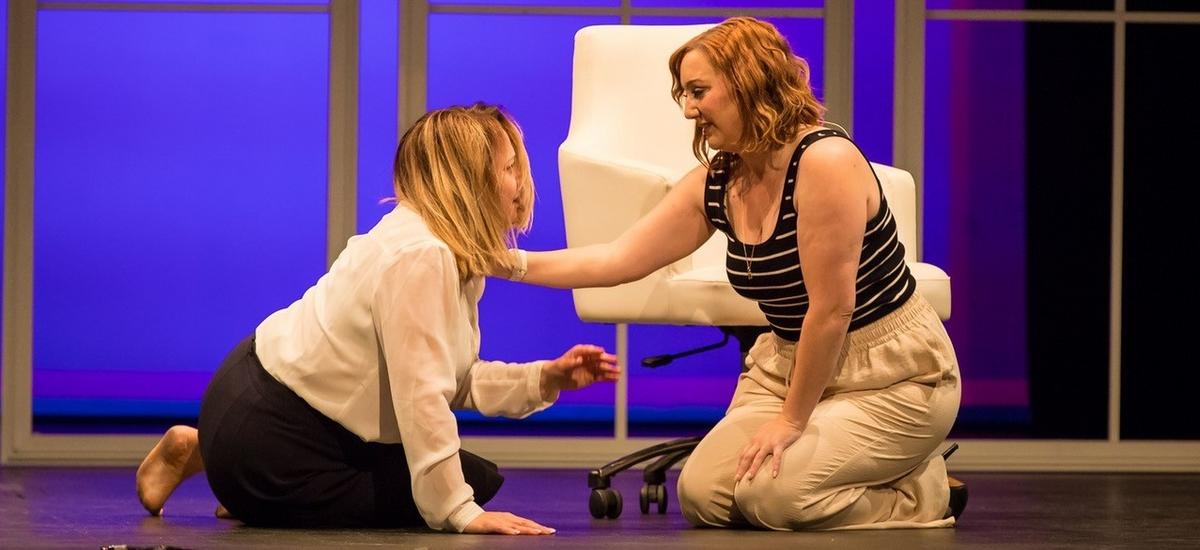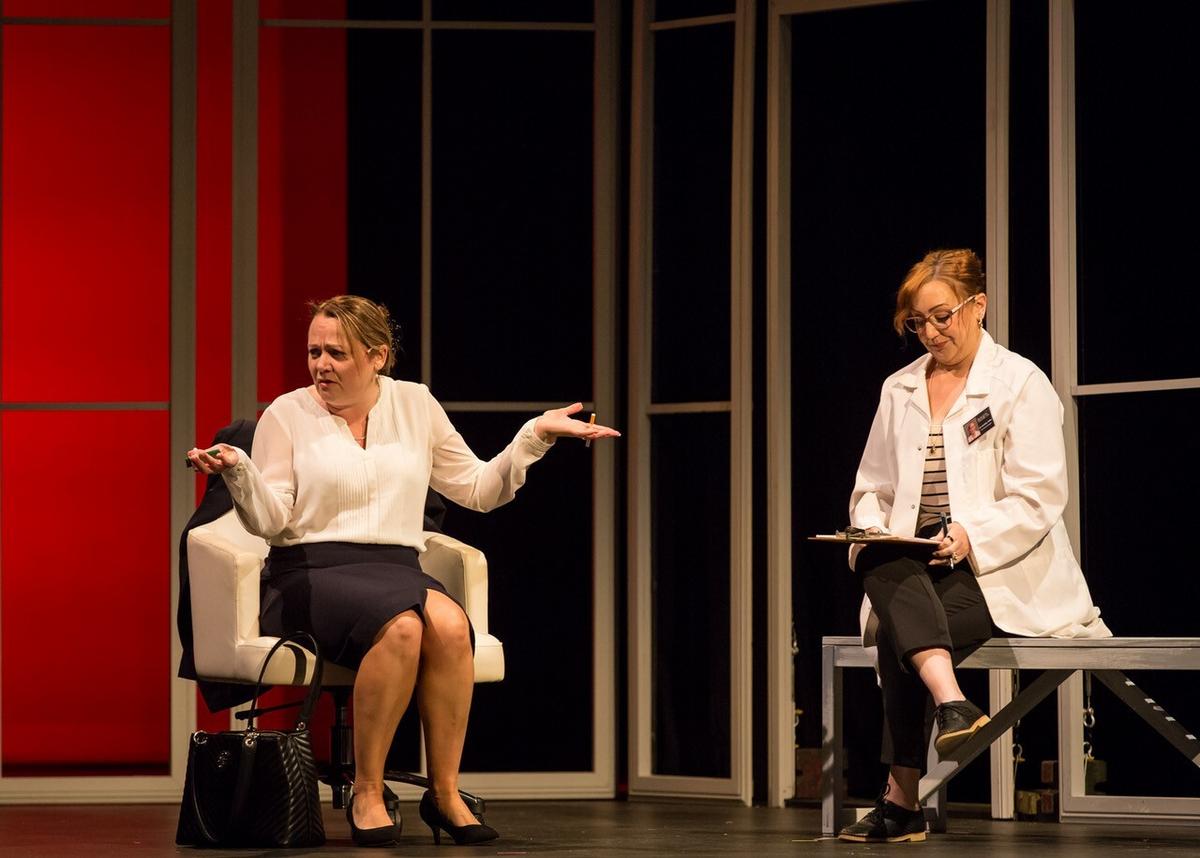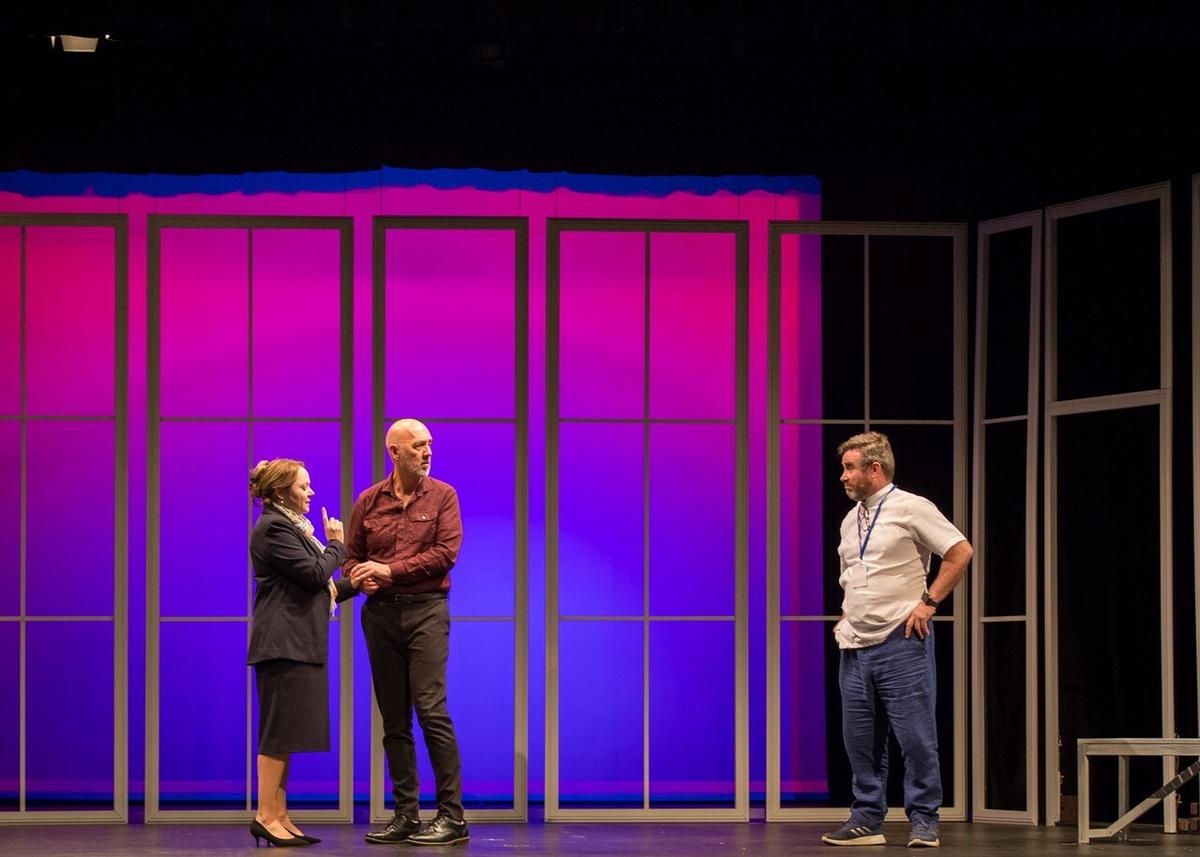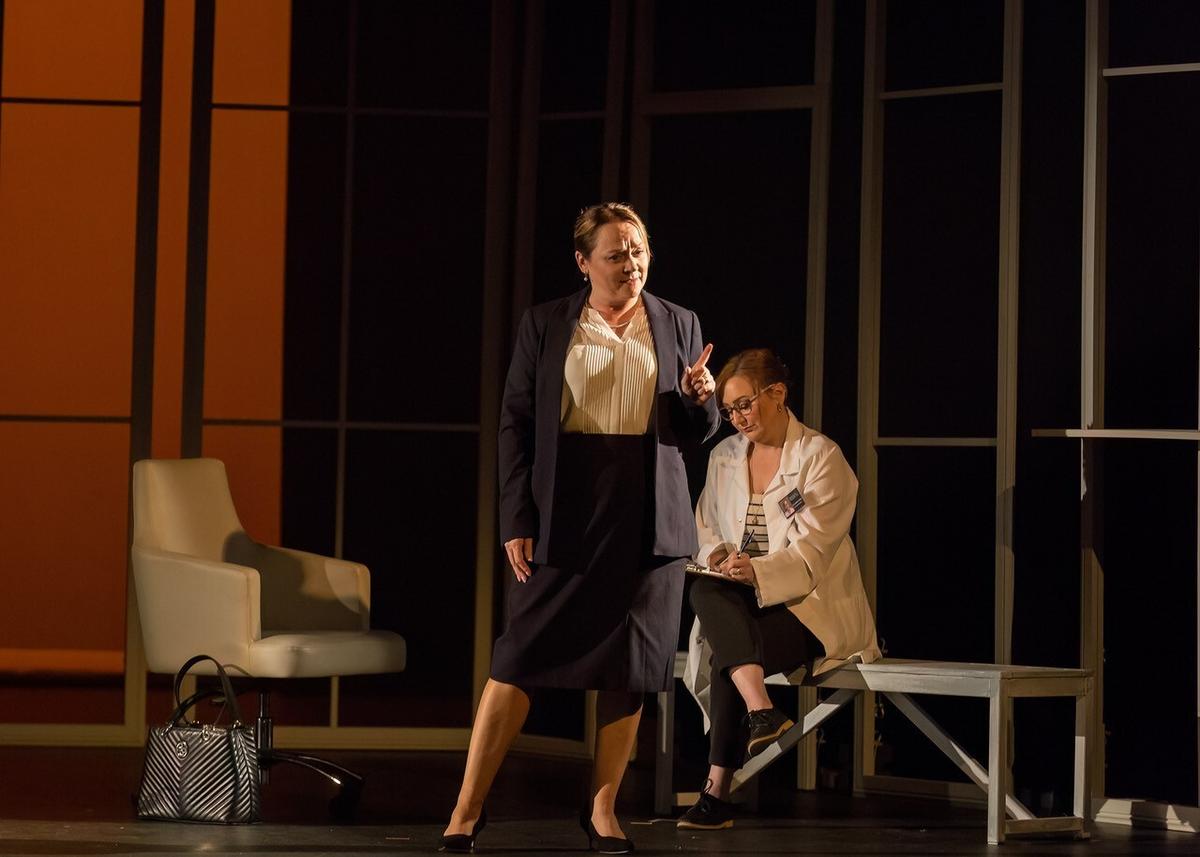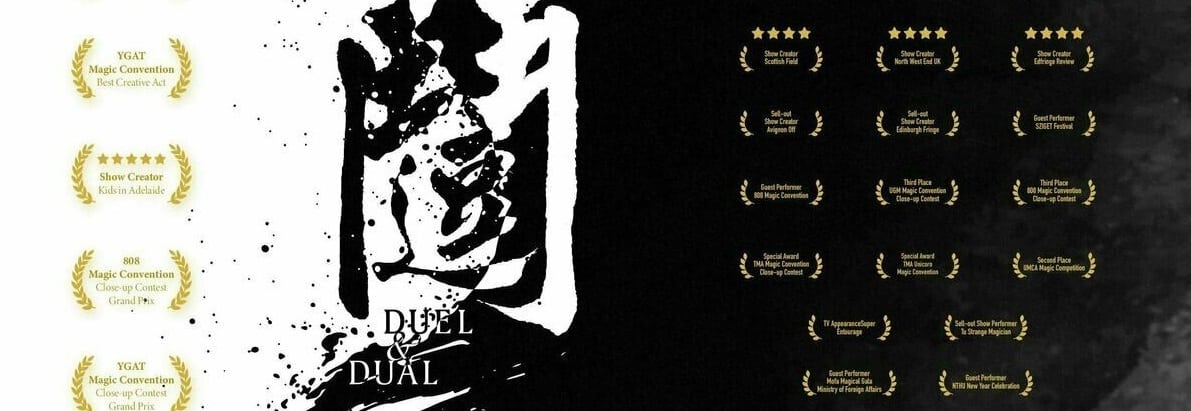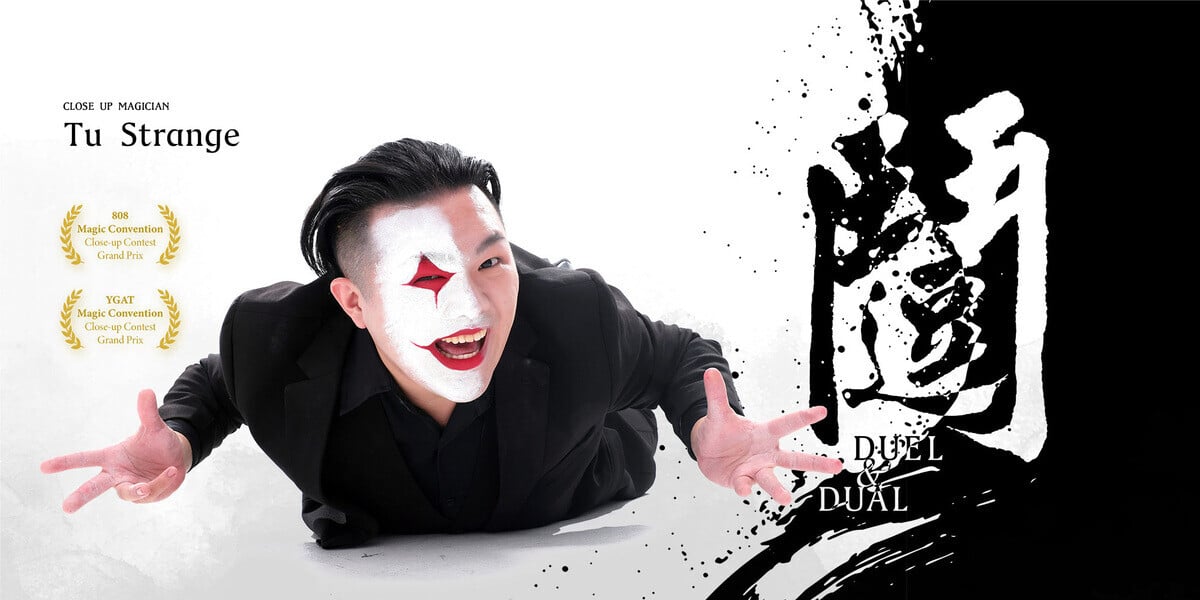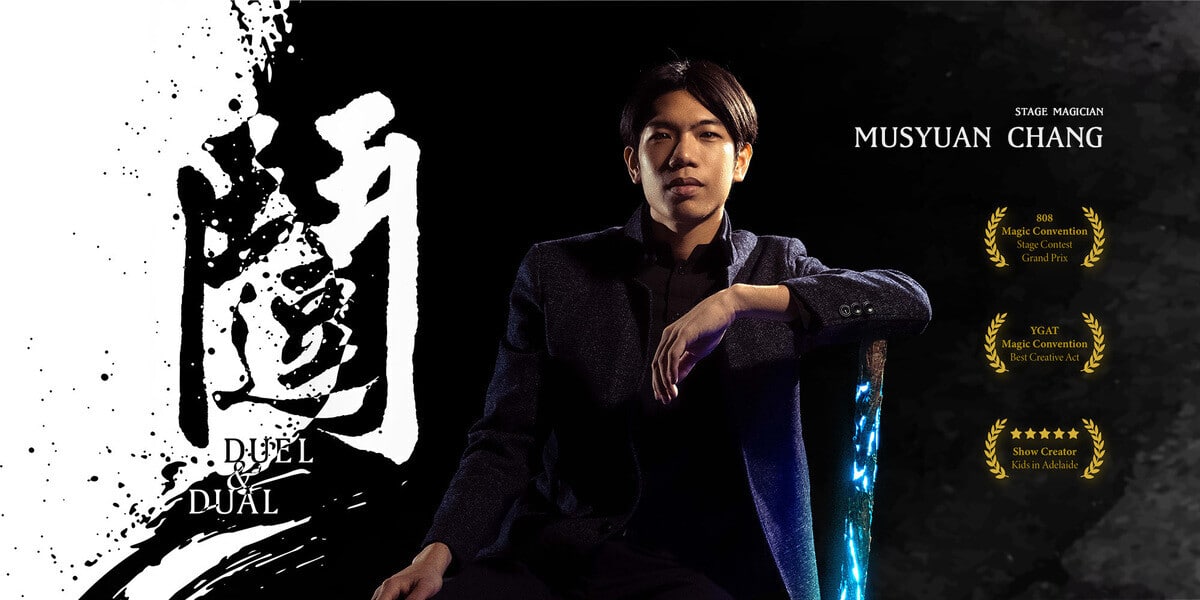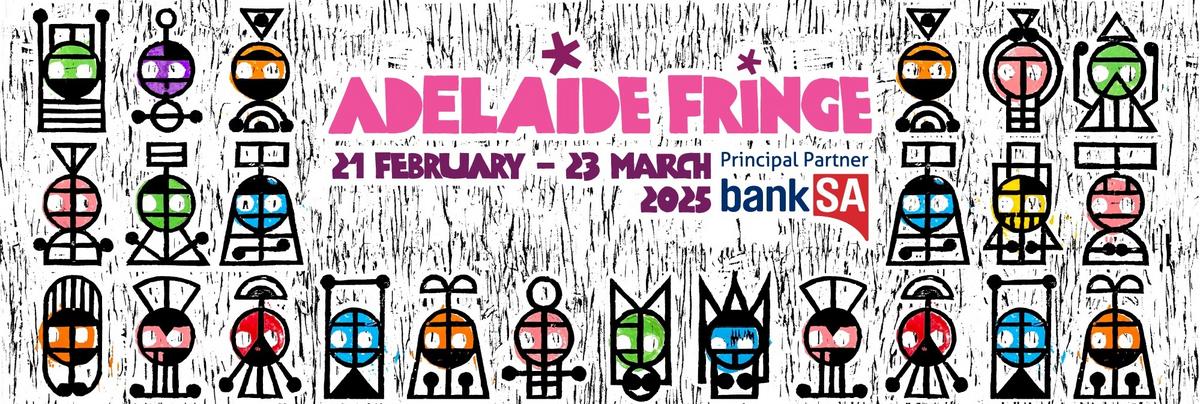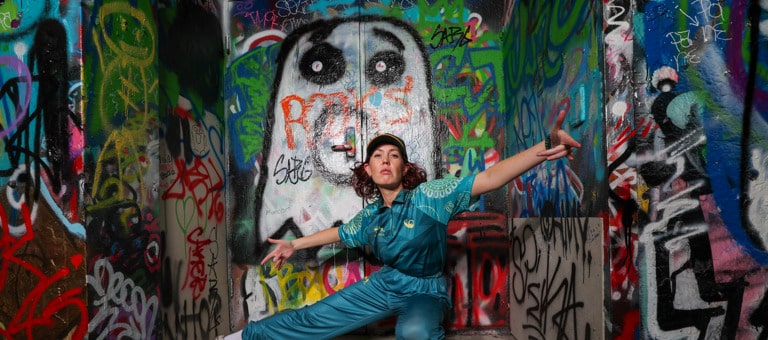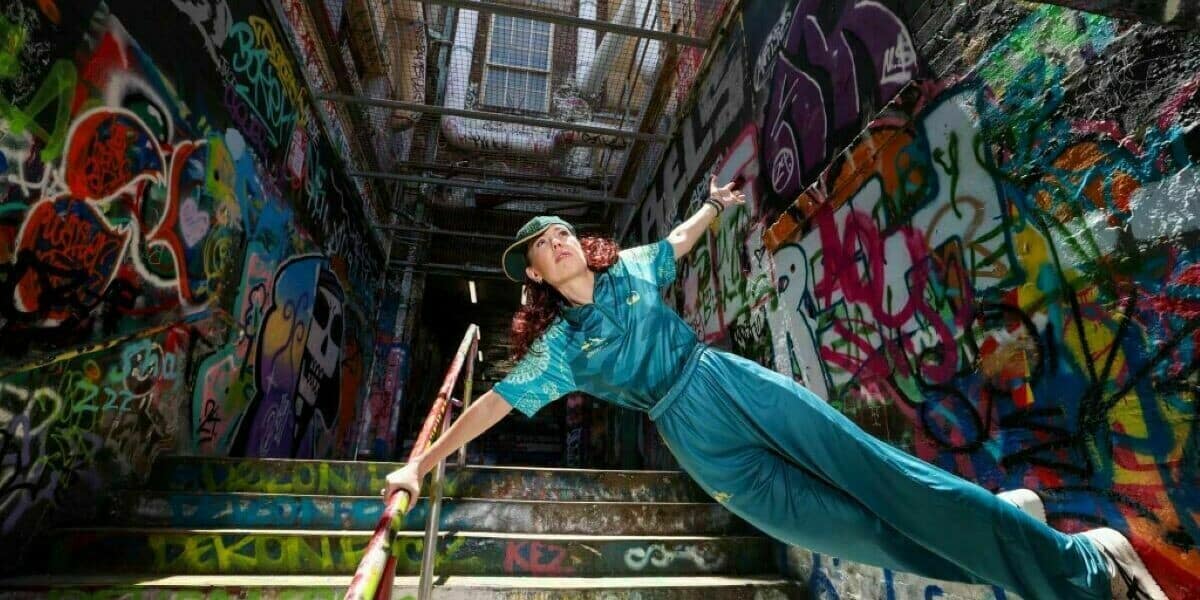A company well known for their pantomimes, comedies, and British farces; Tea Tree Players Theatre Company offer something within the same vein but perhaps at an all-new extreme. Julie Datson’s production of ‘The Farndale Avenue Housing Estate Townswomen’s Guild Dramatic Society Murder Mystery – Murder at Checkmate Manor’ will take audiences back to the era of cheesy country town hall entertainment, complete with dated fashion parades, cute quizzes during interval, and constantly breaking the fourth wall.
At the doors of the theatre, the audience is greeted and invited in by Thelma (Hayley Mitchell) who tells us she has recently been crowned ‘Miss Farndale 2025’, loudly and excitedly ushering people in. The unorthodox and absurd tone of the show is further consolidated as people are seated with elements of the small, deliberately flimsy set falling apart and the crew coming onstage to attempt to ‘fix’ them. With set walls appearing to be rushed in quality, the stair rail frequently wobbling out of place, the chess set often collapsing, chairs malfunctioning, and curtains constantly drooping, complete chaos is expected to follow.
The cast matches this level of calamity with their characters’ deliberately bad acting, including the monotonous recitation of lines, poorly timed or incorrect entrances, skipping pages of dialogue, forgotten or incomplete costume changes, uncontrollable giggling, and the correcting and prompting of each other on stage. As the show progresses, moments range from entertaining to excruciating as the plot is lost amongst the theatrical carnage, and while the identity of the murderer may be obvious, the ending is not.

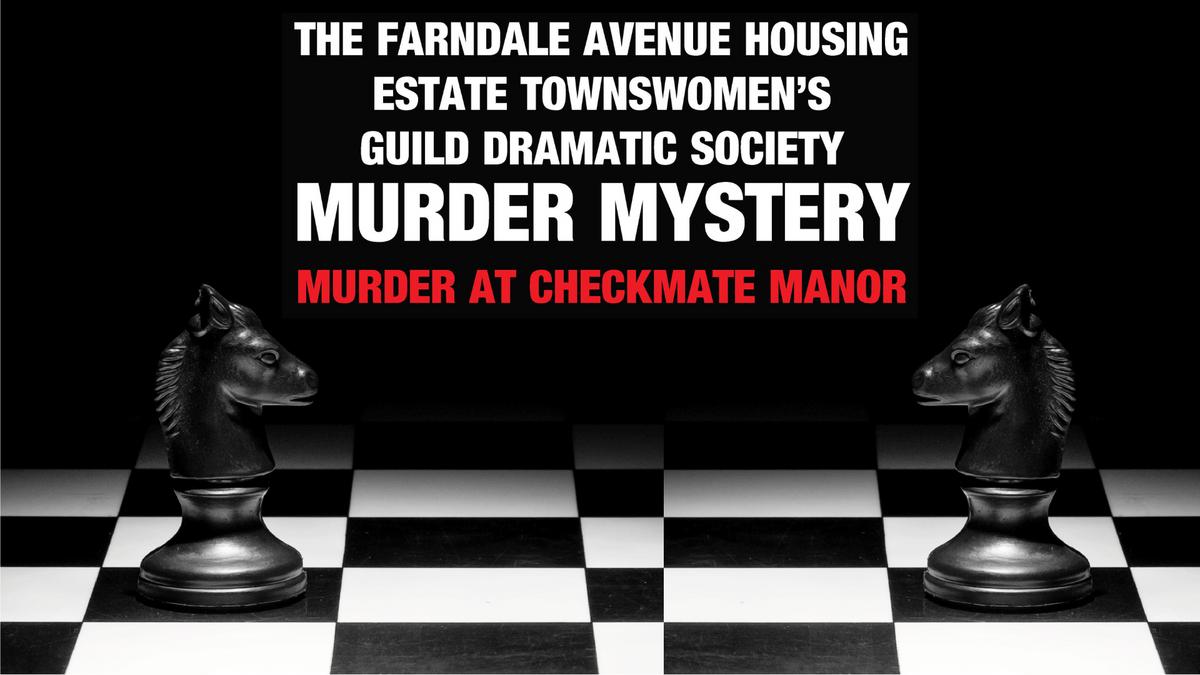
With the challenge to act badly well, the actors certainly rose to the occasion and were clearly able to have a lot of fun with it. Chris Galipo channels the benevolent Mrs Reece, overwhelmed by having taken on too many characters whilst hosting and managing the community event as well. Mitchell’s Thelma is earnestly demanding in her attempts to be the centre of attention, enthusiastically delivering many of her lines to the audience rather than her co-stars. Jo-Anne Davis’s awkward performance as Felicity is comical, as she tries to navigate which side of stage to come through and juggle the incredibly quick costume changes between Butler Pawn and Colonel King.
Meredith Kreig is hysterical as Audrey, whose various characters involve a deadpan voice or giggles at inappropriate moments. Finally, Ashleigh Merriel as Sylvia, who plays Inspector O’Reilly, is fantastically matter of fact and tired of everyone else mucking around. Together, this cast lean into everything that goes wrong and encourage each other to reach the extreme of their scene.
While the set was compact, the space was used well between the five performers as it wasn’t often that they were all on at the same time. While the large white armchair, stair railing, and chessboard were central pieces, there were photographs and various ornaments scattered around were small details that added nicely to the community feel. Lighting and sound were used to keep the gags going, particularly when black outs came too early or late, the wrong sound effect was used, or just to emphasise comic timing. However, it can also be said that there comes a point where less is more, and some niche references to home video narration will go over the heads of those under the usual demographic of about 65.
Sprinkled through with the occasional innuendo and plenty of shenanigans, this production was filled with many moments where they’re so bad they’re good.
To book tickets to Murder at Checkmate Manor, please visit https://teatreeplayers.com/production/the-farndale-avenue-housing-estate-townswomens-guild-dramatic-society-murder-mystery/.

